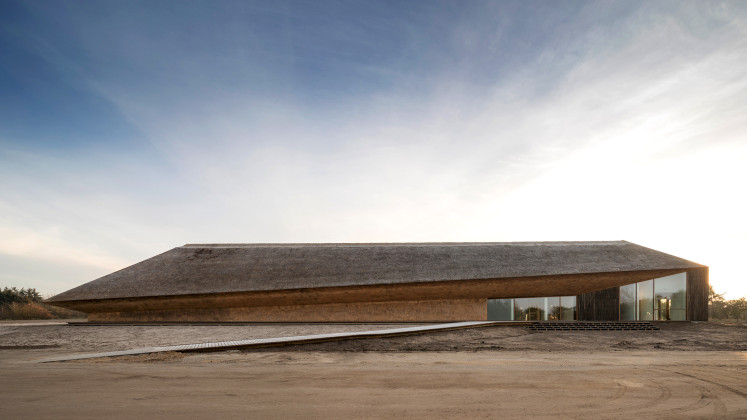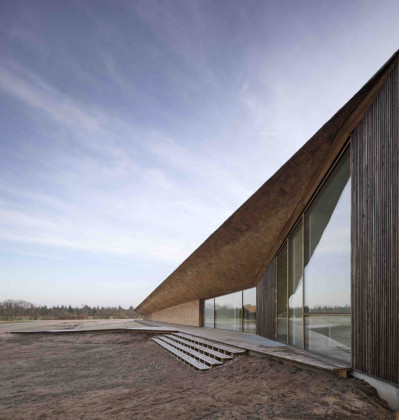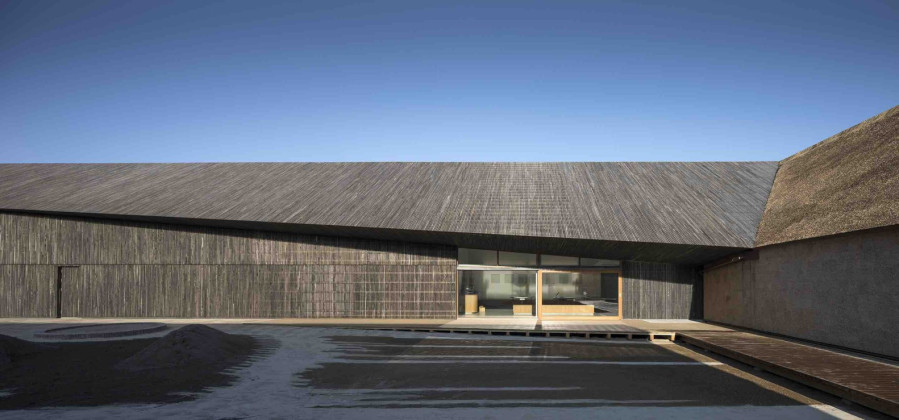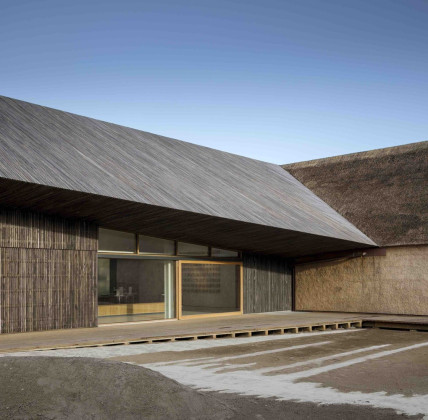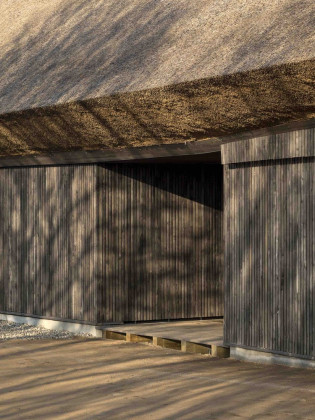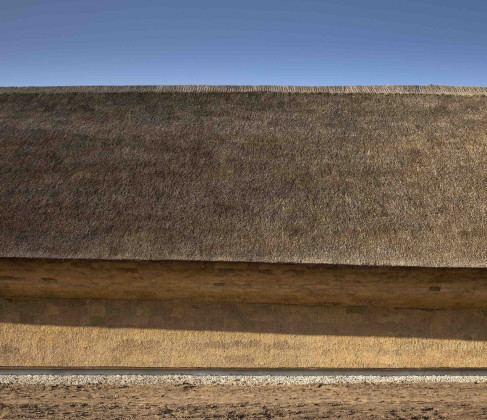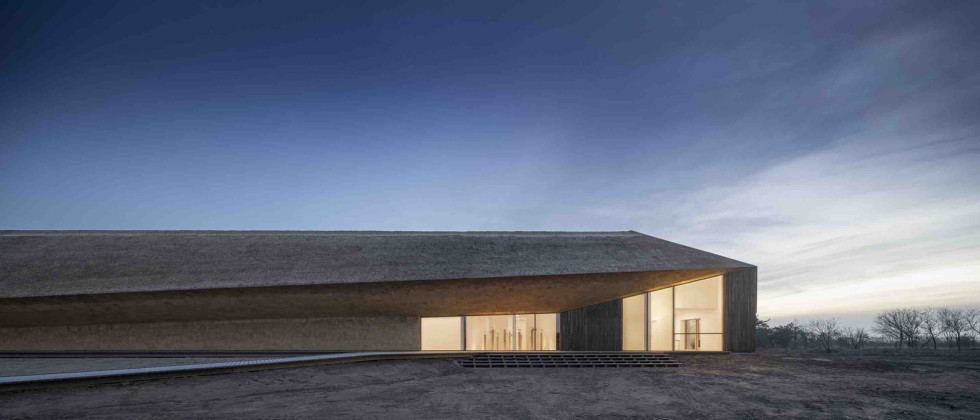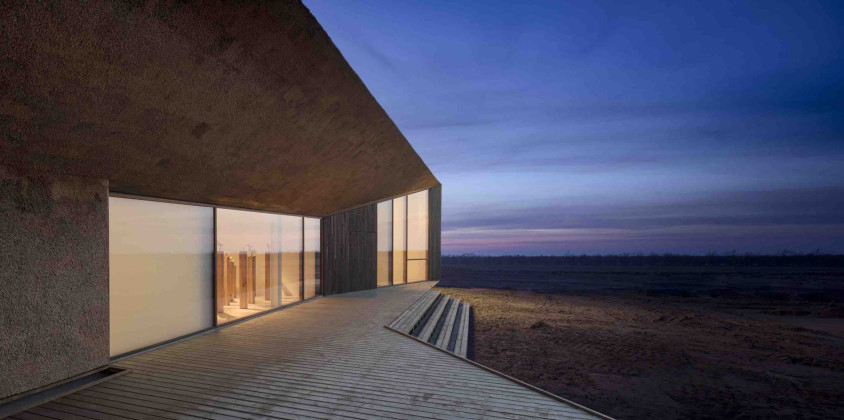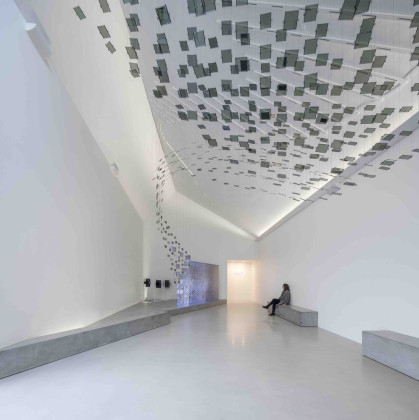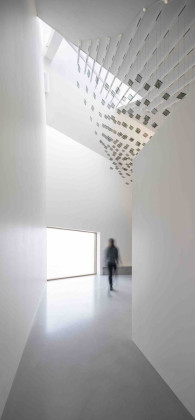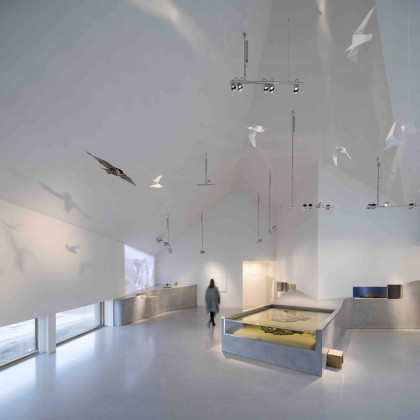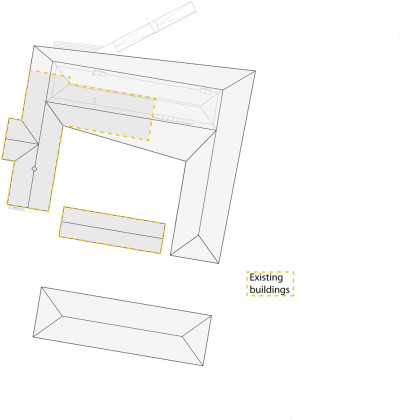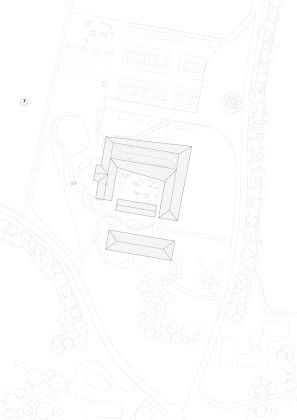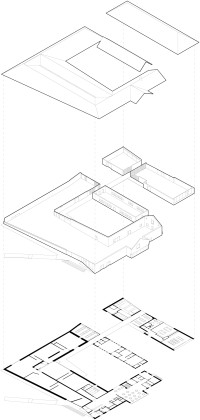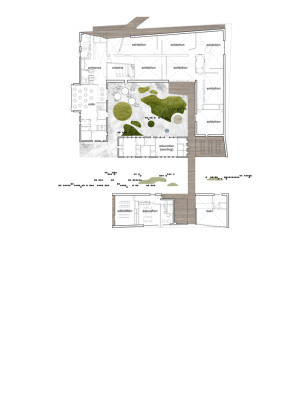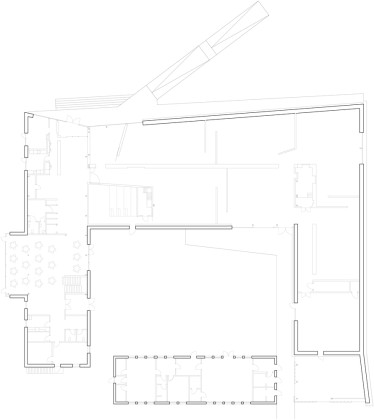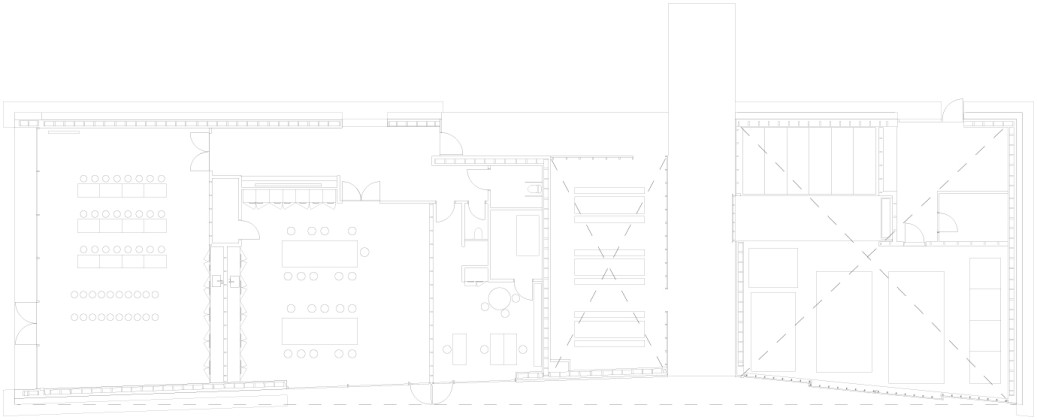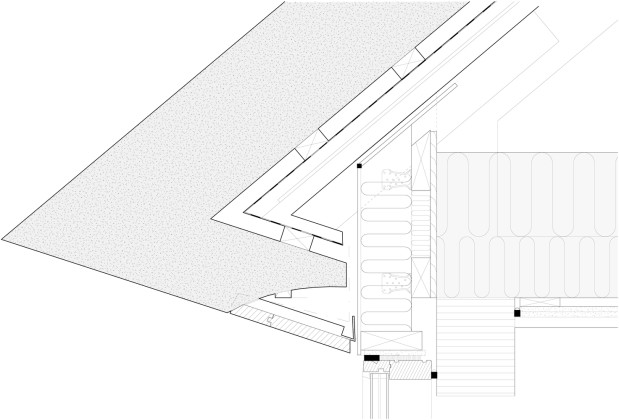Sculptural Appearance
The project for Wadden Sea Center roots in the local surroundings and nature so as to ensure that visitors have a complete experience
Even at first glance the Wadden Sea Center gives the impression of a building that has emerged from the ground, drawing a soft, long and clear profile against the Wadden Sea’s infinite horizon. With a thatched roof and facades, the Wadden Sea Center provides the area’s many visitors with a humble yet significant starting point for their visit. Dorte Mandrup has created a modern building in perfect harmony with the Wadden Sea’s nature and history.
The Wadden Sea Centre –the gateway to the UNESCO World Heritage Site has recently been inaugurated on February 2. The Wadden Sea Centre conveys the story of one of the world’s most unique and significant natural resorts that, among other things, ensures that 15 million migratory birds are able to forage on their flight between North and South.
After eighteen months of intense work to convert and expand the original building, the new exhibition center has now been finished and comprises of 2,800 square meters for exhibition and communication activities. Through large glass panels a number of the rooms are fully integrated with the outdoor exhibition area as well as with the surrounding landscape.
"From the very beginning we have chosen an integrated approach to the architecture and exhibition - for example, we have been conscious about the use of daylight throughout the exhibitions as well establishing contact with the surrounding landscape", Dorte Mandrup, founder and owner of Dorte Mandrup A/S says.
Mandrup emphasizes that it has been an important aspect of the project to understand and build on the local building tradition of four-winged thatched farmhouses. Through the extensive conversion the original three-winged exhibition building has been extended to four wings providing shelter in the open landscape.
"The Wadden Sea Centre is located in an area where, back in the Viking Age, there were several Viking yards and just like the Viking yards the Wadden Sea Centre has been placed on a platform between sea and land. Therefore we have decided that the building should be sculptural and embedded in the environment so it appears as though it has emerged from the ground."
The building materials are largely local and absorb the salt in the Wadden Sea air as is historically the tradition for buildings in the region.
"The straw that we have used has been harvested just around the corner in the local area. With thatching, we build on an ancient handicraft. When straw is unprocessed and recently harvested, dried and tied in place, it’s a very beautiful material. Unlike many other materials, the straw is naturally impregnated by the salt in the air coming from the sea. In almost every way we have aimed to root the building in the local surroundings and nature so that visitors are able to have a complete experience by visiting the Wadden Sea Centre," Dorte Mandrup says.
“The main concept of the architecture is a new sculptural interpretation of the existing building culture of the region. It has been our ambition to build a project that points to- wards the future and has its roots in the local building tradition and history. Thus we aim to bring the architecture of the Wadden Sea into the 21st Century”, Dorte Mandrup says.
Related Content:
-

House of Traditions in Simala
-

House14a
-

Revitalization of Old Glassworks and Surrounding Urban Areas in Old Town of Ptuj
-

Kunsthal 44Møen
-

Prix Versailles Unveils World's Most Beautiful Museums List for 2024
-

Winners of the AHI European Award Announced
-

AHI European Award Has Published the Shortlisted Works
 06.04.2017
06.04.2017



